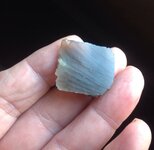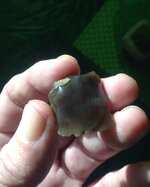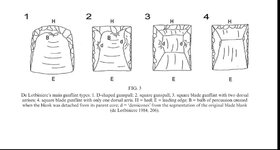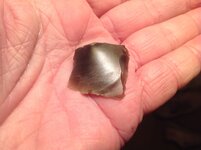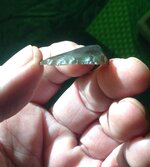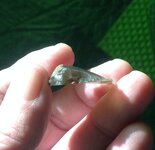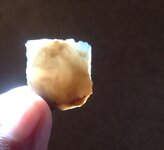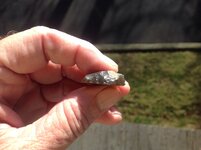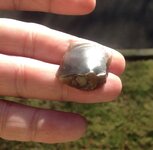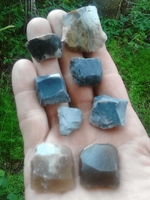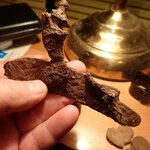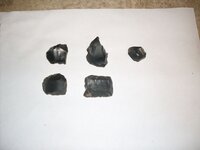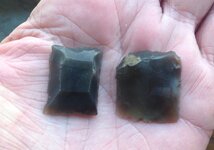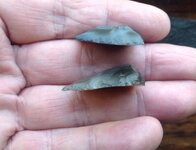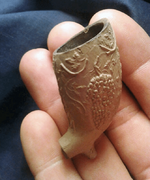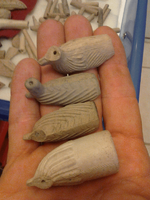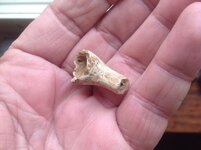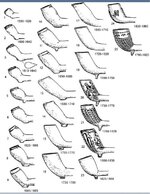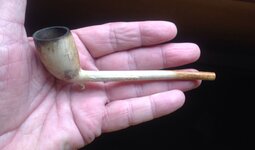yakker
Bronze Member
- Jan 20, 2012
- 1,663
- 1,238
- Detector(s) used
- spec enhanced eyeballs
- Primary Interest:
- All Treasure Hunting
Having looked up these things, there doesn't seem to be a forum for such things. They mostly land here as people find them thinking they're maybe worked N.A. stone- only to find that they're actually gun flints! Maybe they should be in the Rev. War forum... But not in 'Relics'- as they're not detected by metal detecting. (Maybe there should be an 'American Mudlarking' forum here...?
I went back up the Maryland to check on my house (still for sale), and went out to one of my favorite spots- which has options for long walks and very short 'look-see's'. Having just twisted the he!! out of my ankle, I opted for the nearest spot, hoping something might have washed out or in while I was in VA. I didn't see an flakes or points, but after a cold and windy search, I did find a nice little- and nearly exhausted French gun flint! So here it is, along with my growing collection of these cool little items! Thanks for looking- and HH all Yakker
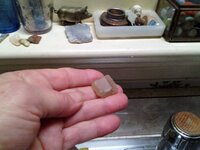
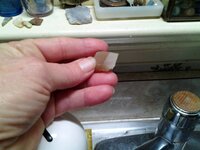
from a hunt just before I moved- very weathered...
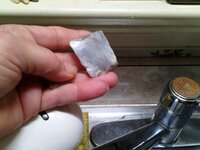
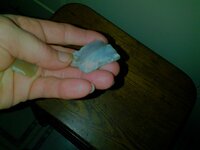
and the rest...
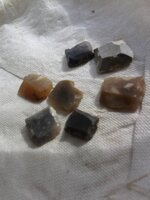
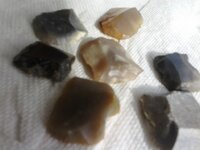
Cheers
I went back up the Maryland to check on my house (still for sale), and went out to one of my favorite spots- which has options for long walks and very short 'look-see's'. Having just twisted the he!! out of my ankle, I opted for the nearest spot, hoping something might have washed out or in while I was in VA. I didn't see an flakes or points, but after a cold and windy search, I did find a nice little- and nearly exhausted French gun flint! So here it is, along with my growing collection of these cool little items! Thanks for looking- and HH all Yakker


from a hunt just before I moved- very weathered...


and the rest...


Cheers

Upvote
0



